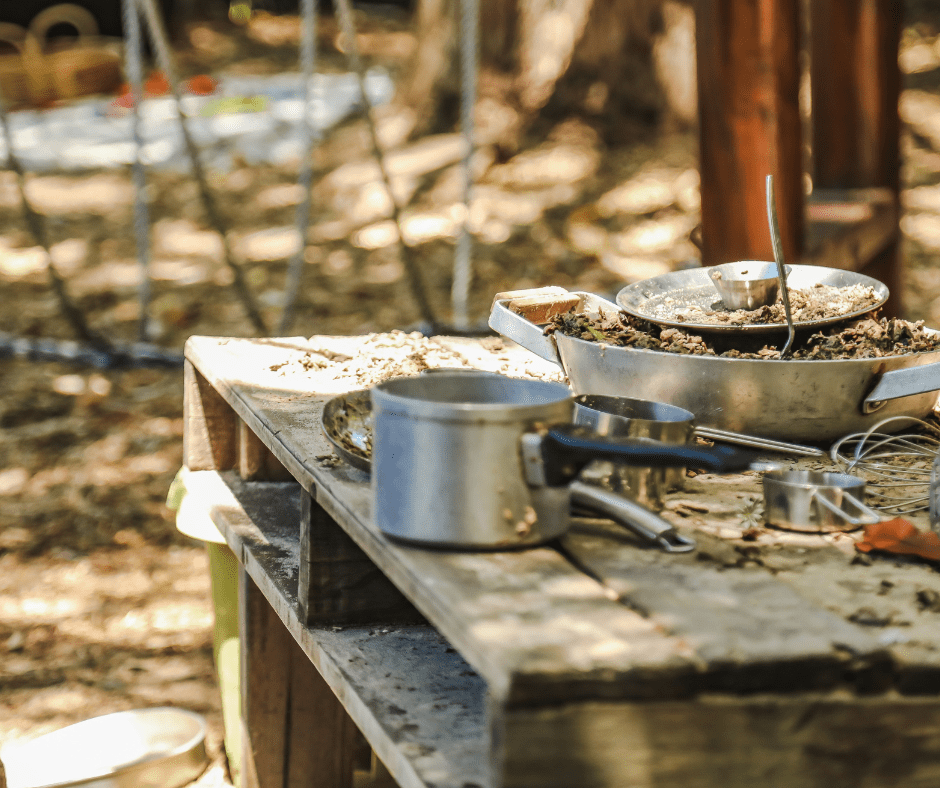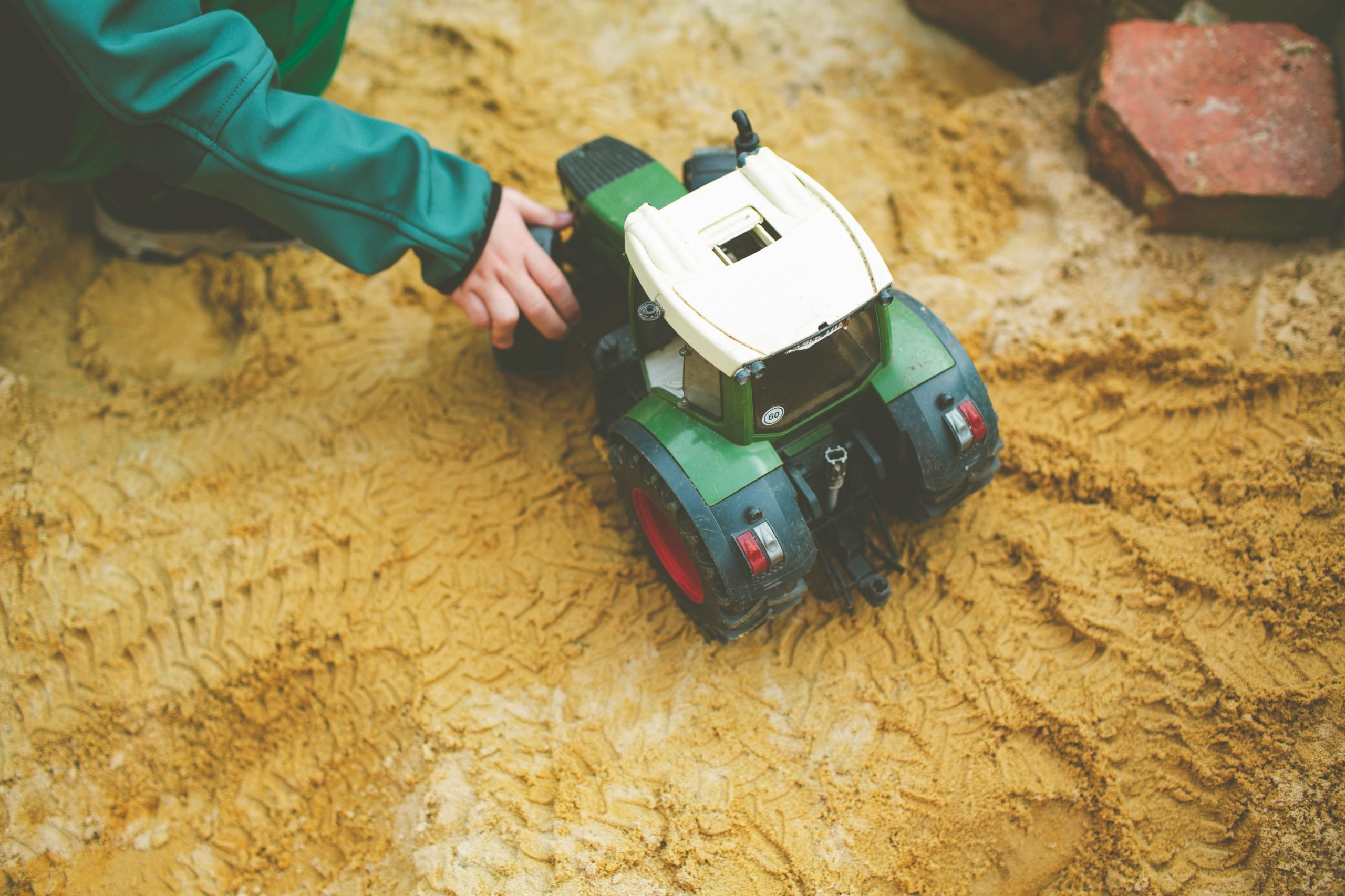In the UK, children aged between 4 and 11 typically spend around 32.5 hours a week in school. Much of this time is spent in the classroom – around 5 hours a day. So what about the other hour and half each day? How is this time spent? In reality, this extra 90 minutes is often the children’s favourite time at school – playtime (recess).
This is a time when children can exercise, let their imaginations run wild and refresh themselves from their lessons. At my school, playtime is seen as equally valuable as the formal learning that takes place in the classroom, an opportunity to really help children develop their character and other ‘soft skills’. Playtimes provide excellent opportunities to develop critical thinking skills through real-life situations. It wasn’t always like this though. A few years ago, playtime used to be a time when some children played football, others walked and talked, and some got into disagreements with each other. It was, to be honest, not a very inspirational time of day.
Our ‘eureka’ moment came when we realised that over the course of each week, our children were spending the equivalent of a whole school day taking ‘playtime’. We also knew that under the UN Convention on the Rights of the Child Article 31, play is a human right – ‘All state parties have a duty to ensure every child has access to play’. And with this realisation came our belief that we could be doing it better.
So, what does playtime now look like at my school? When we challenged ourselves to improve this part of the day, we recognised that this was an ideal opportunity to support our children with important life skills. We wanted to develop our children’s creativity which in turn would support their interactions with each other. This helps them to be critical in their actions. Counterintuitively, we wanted to provide opportunities for our children to take risks, and (potentially) fail. We wanted children to develop important collaborative skills, to foster an understanding of the need to negotiate, yet be strong in their own views and convictions.
The way we developed this was to embrace a programme called OPAL (Outdoor Play And Learning) which shunned the popular notion that we needed to provide our children with expensive equipment such as climbing frames and structures.

Instead, the emphasis was on making use of junk and free resources to develop interactions. So, at playtimes, children in my school play with guttering, old pushchairs, suitcases, boxes, wheelbarrows, tarpaulins, and other such materials. And this is where the excitement happens. Children are given free choice over what they can play with – there is plenty to share around. As a result, the children naturally begin to converse, interact, and talk with each other about what they are imagining, creating, or building. And with this, comes negotiation and, most importantly, critical thinking.
Children are supporting each other with their creations and through this play, are finding solutions to problems without the need for adult intervention. How to build a den with pipes and old rugs? How to make a swing on a tree with some old rope and a box? How to build an obstacle course for the youngest children? And the most powerful part of this is that our incidences of poor behaviour – children getting annoyed with each other, often out of boredom – has completely reduced. Seeing the children help each other to balance, swing, build, or slide is a joy to observe. At the request of the children, we now have a large sandpit, a mud kitchen (always popular!) and areas of the school site for, as the children say, ‘chilling’. So why is this important and what is the impact?
Children, like adults, learn best when they experience something first hand. Teaching important values such as respect, collaboration, aspiration, and courage need to be lived to be realised. Teaching these in a classroom setting can only go so far. By providing the opportunities for children to play, they are living these values in a real-life context. And if something goes wrong, the children help each other to find a solution. Children return to the classroom with a newfound energy and ability to work more collaboratively in their subject lessons.
Perhaps most tellingly, the children are now recognising for themselves how to improve the lives of others and how to develop their own skills as they organise and run their own playtime clubs. Most recently hockey, chess and football have been popular. The children themselves plan who to invite, organise the advertising and promotion of the events, prepare pupil lists and plan the sessions that they deliver. Simply incredible!
To conclude, school playtimes should not simply be regarded as an opportunity to get children outside, to have a break between lessons. They are an invaluable part of life in school, and I would encourage all school leaders to reflect on how their own school approaches this time of day.
Consider embracing the value of real creative play and don’t let playtimes be a waste of time.

